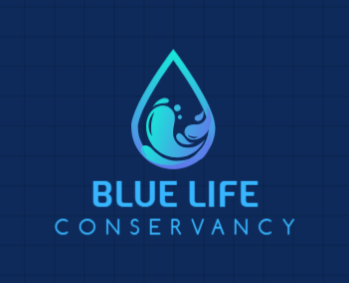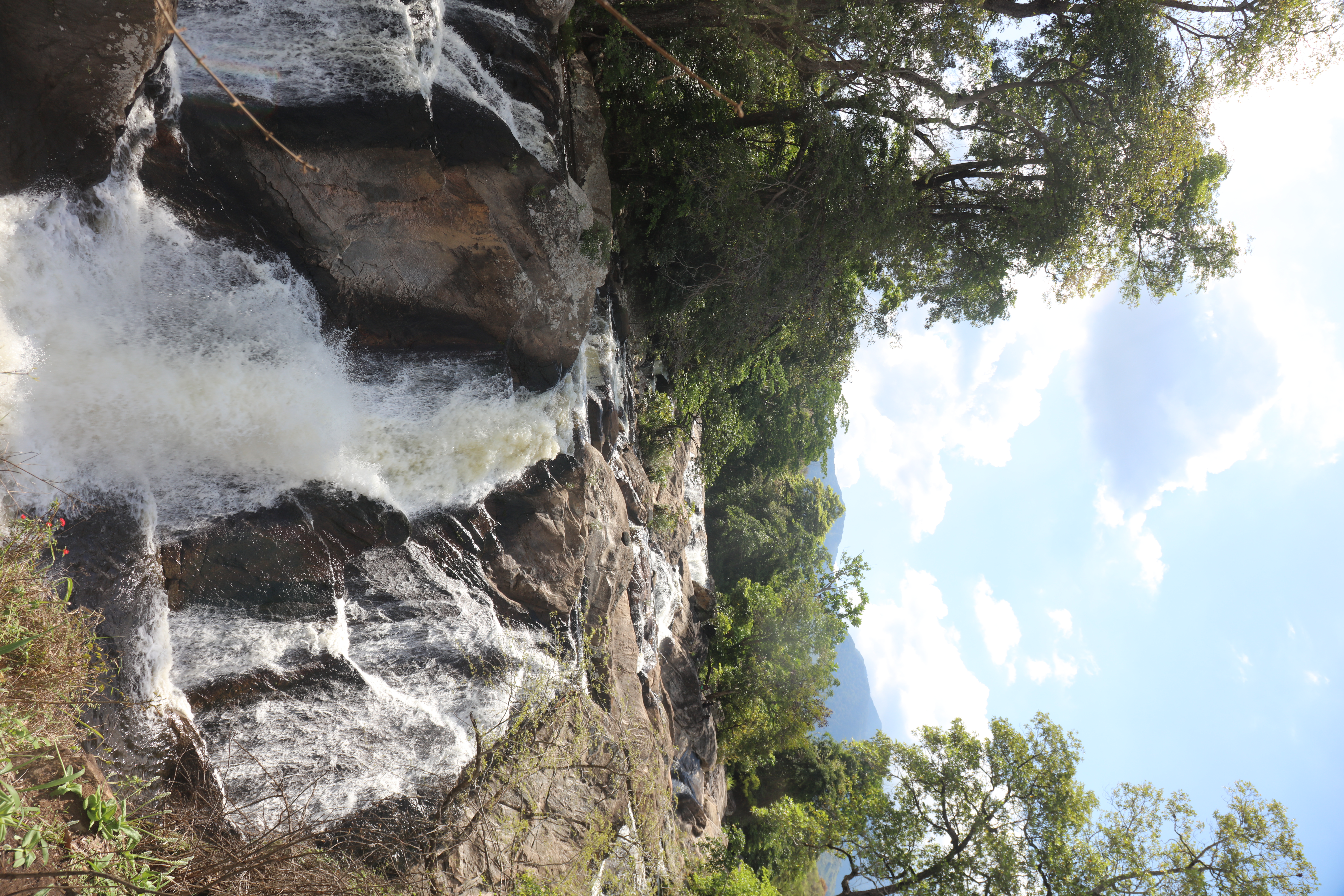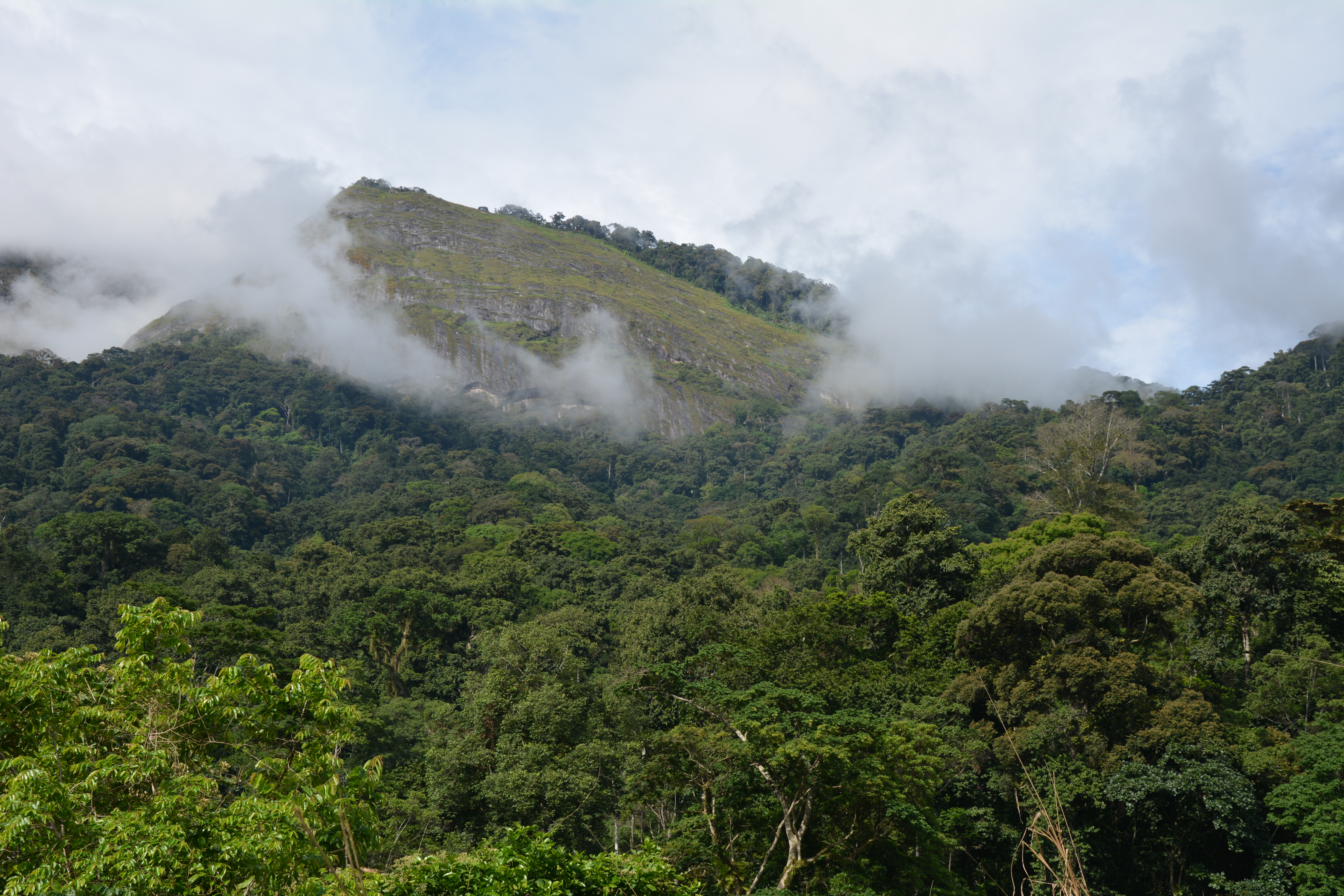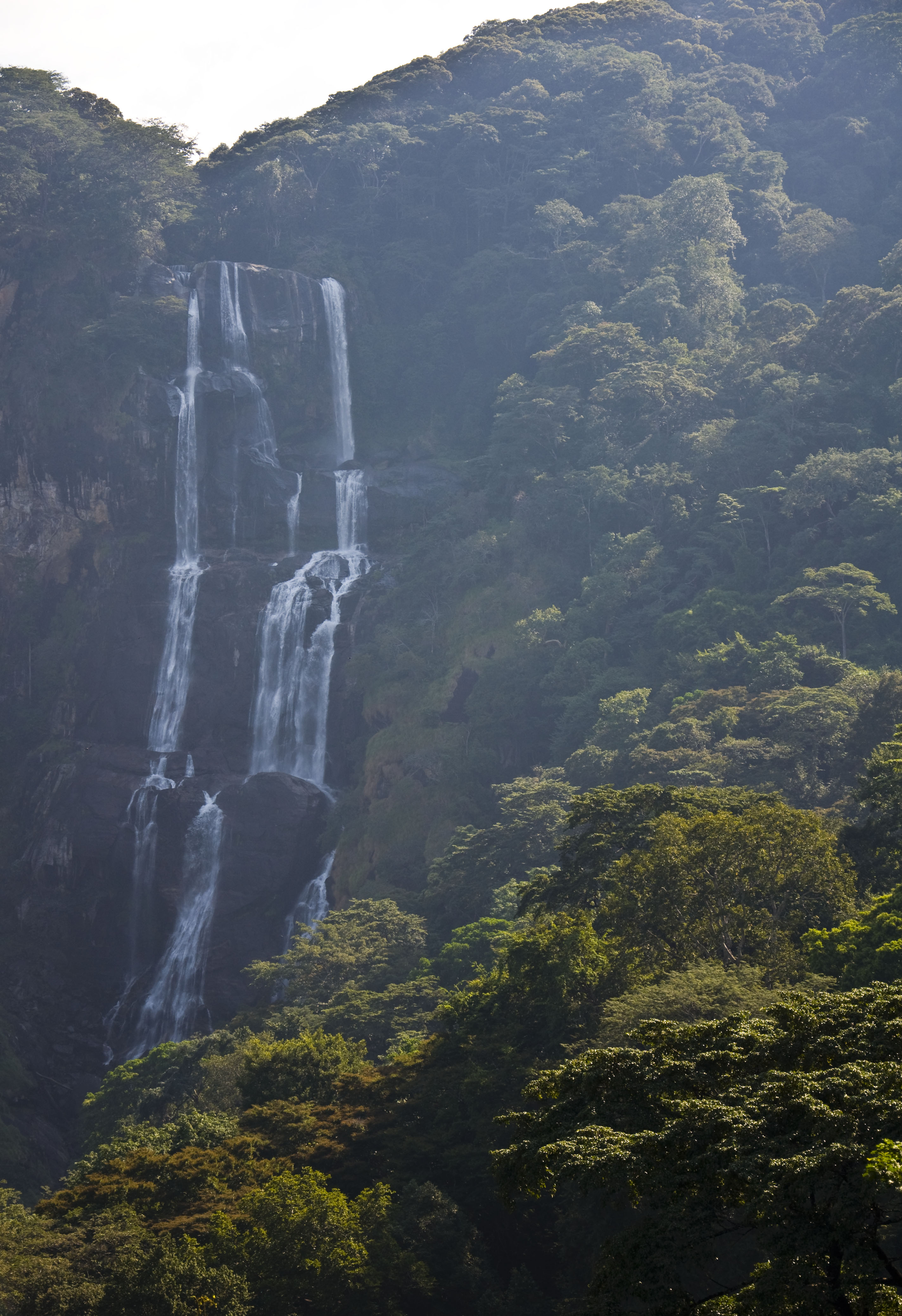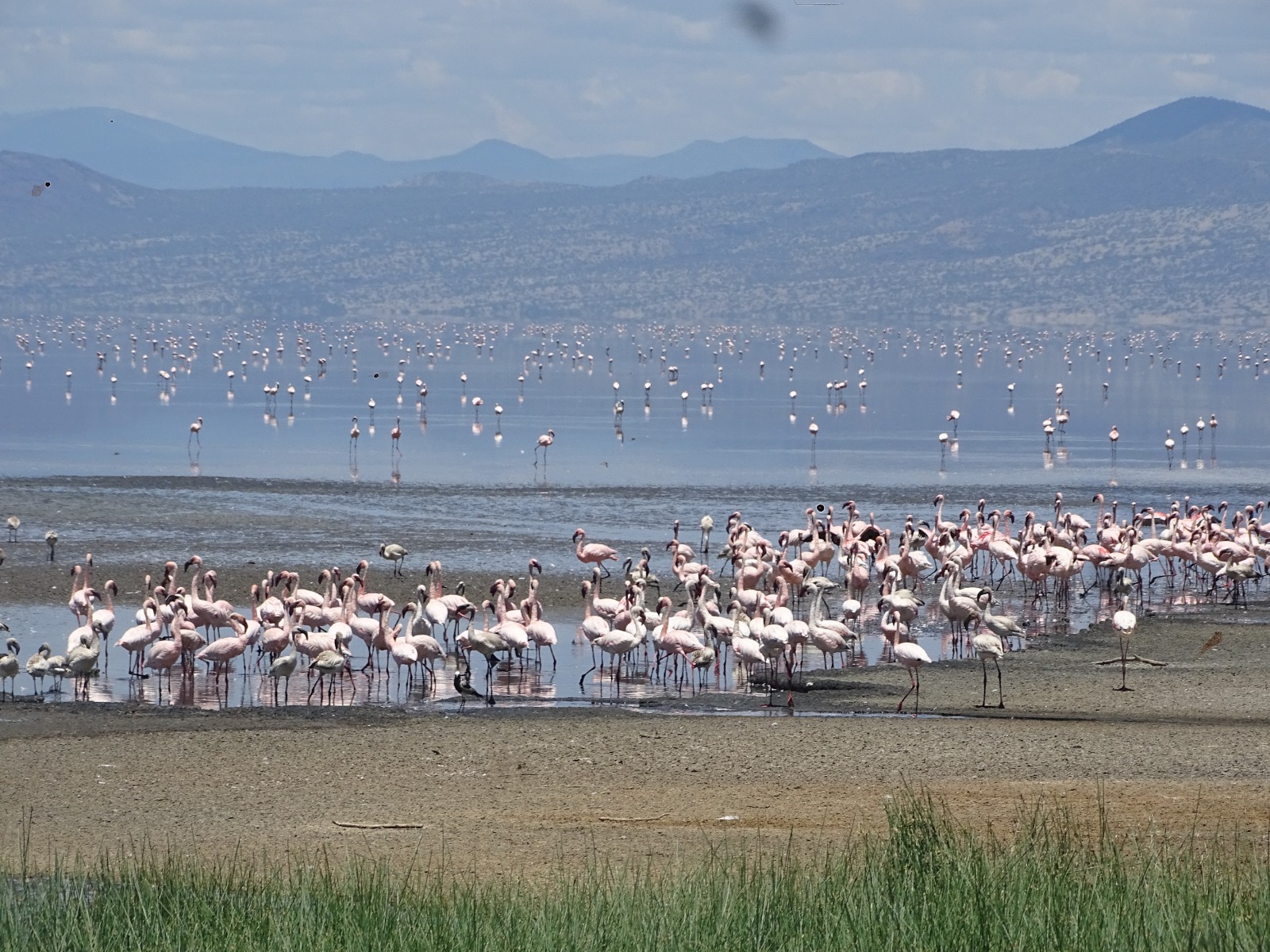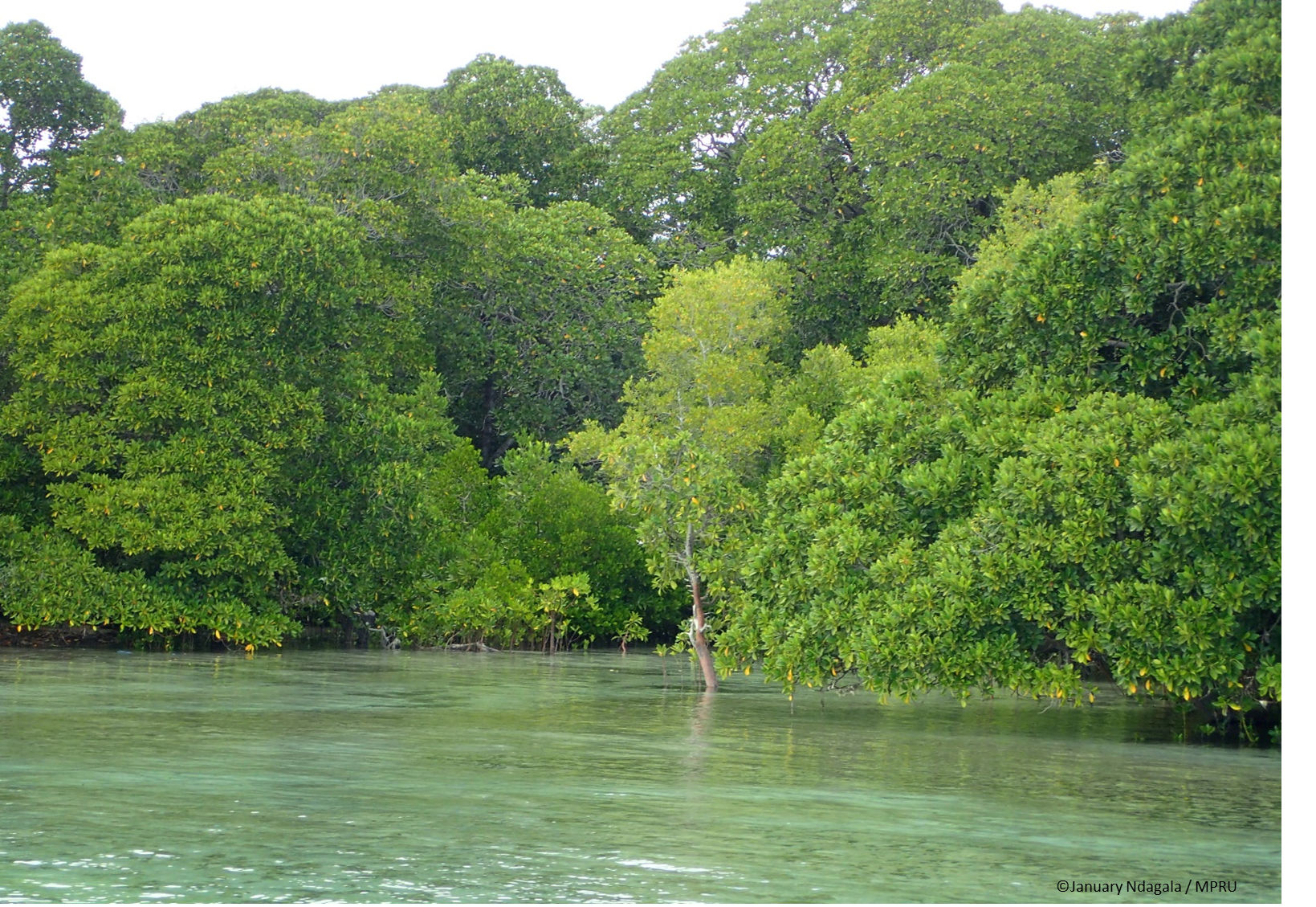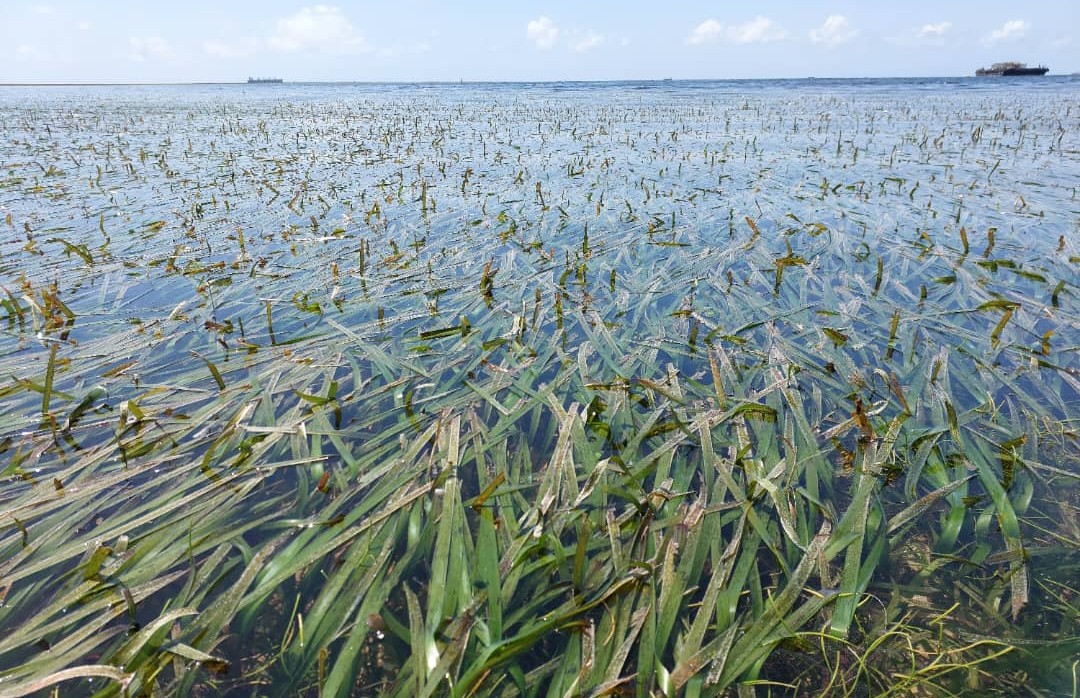CONSERVING TANZANIA'S CRITICAL WETLAND ECOSYSTEMS
What we Do !
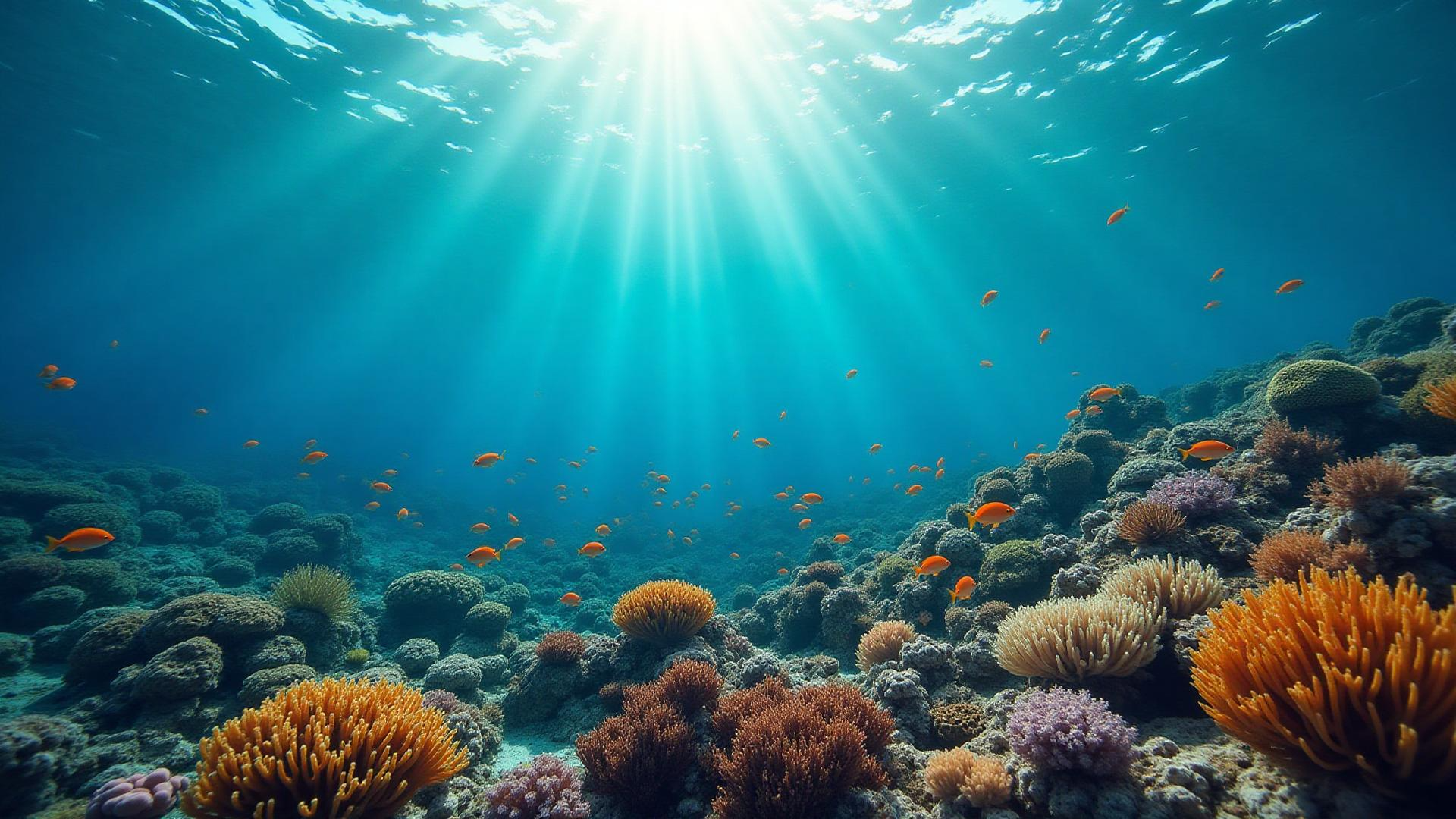
We promote a sustainable, climate-resilient blue economy by protecting and restoring aquatic and marine ecosystems. Working closely with local communities, government institutions and partners, we support sustainable fisheries, catchment forests, aquaculture, agriculture, ecotourism, and biodiversity conservation. Our efforts focus on safeguarding and restoring Coastal wetlands (coral reefs, mangroves, seagrasses), as well as inland wetlands (rivers, lakes and Catchment forests), while empowering youth, women, and marginalised people for inclusive development. Through this, we contribute significantly to national and global environmental goals for a healthier planet and prosperous communities.
1. Coastal and Marine Habitats
- Mangrove ecosystems
- Seagrass meadows
- Coral reefs
- Areas Beyond National Jurisdiction (BBNJ)
- Marine biodiversity hotspots
2. Inland and Freshwater Wetlands
- Kilombero Valley Floodplain
- Rufiji–Mafia–Kibiti–Kilwa (RUMAKI) Seascape
- Lake Natron Basin
- Malagarasi–Muyovosi Wetlands
- Wembere floodplains
3. Terrestrial Forests and Woodlands
- Eastern Arc Mountains of Tanzania
- Mount Kilimanjaro Catchments
- Mount Meru Catchments
- Lake Victoria Catchments
- Lake Tanganyika Catchments
- Lake Nyasa Catchments
- Wami-Ruvu Basin
- Rufiji Basin
- Pangani Basin
Our Goal
To promote research, conservation, inclusive blue economy growth, and sustainable livelihoods, while safeguarding the environmental integrity of aquatic, coastal, and waterfront ecosystems.
Governance
BLC Tanzania is governed by a Board of eight members responsible for policy development and strategic decision-making. Day-to-day operations are managed by technical and support staff, under the leadership of the Executive Director, who reports directly to the Board.
